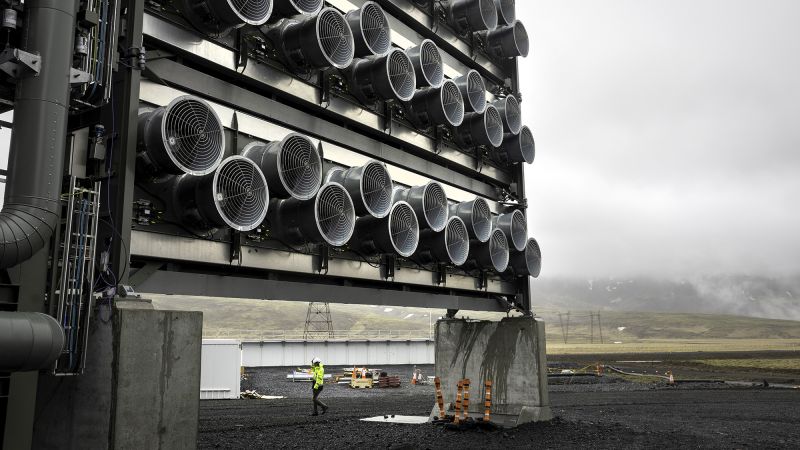Is the US Losing Ground in AI? DeepSeek's Breakthrough Sparks Urgent Calls for STEM Investment

The AI Race Heats Up: China's DeepSeek Model Surpasses US Capabilities
The global landscape of artificial intelligence is undergoing a seismic shift. Recent developments from Chinese tech company DeepSeek have sent ripples of concern through the US tech sector, prompting critical questions about America's competitive edge. DeepSeek's newly released AI model has demonstrated performance exceeding that of existing US software, marking a potentially pivotal moment in the ongoing AI race.
DeepSeek's Model: A Performance Leap
What makes DeepSeek's model so significant? Initial reports indicate that it boasts superior speed and efficiency compared to leading US AI models. This isn't just a marginal improvement; it's a substantial leap that could have far-reaching implications across various industries, from healthcare and finance to transportation and defense. The model's capabilities are raising eyebrows and prompting a reevaluation of the current power dynamics in AI development.
A 'Sputnik Moment' for America?
The comparison to the Soviet Union's launch of Sputnik in 1957 is unavoidable. Just as Sputnik galvanized the US to dramatically increase investment in science and technology education, DeepSeek's achievement is being viewed by some as a similar 'wake-up call.' Jim Nowlan, a prominent voice in American innovation, has argued that the US may have already missed its opportunity to respond decisively, but the urgency of the situation demands immediate action.
The Critical Need for STEM Investment
The prevailing sentiment is clear: the US needs a significant and sustained investment in education and STEM (Science, Technology, Engineering, and Mathematics) fields. This isn't solely about funding research; it's about cultivating a robust pipeline of talent capable of driving future innovation. Specifically, there's a growing recognition of the need to:
- Increase STEM education in K-12 schools: Equipping students with foundational skills in math and science is crucial.
- Support higher education STEM programs: Universities and colleges need the resources to attract and retain top STEM faculty and students.
- Promote workforce development initiatives: Reskilling and upskilling programs are essential to ensure that the current workforce has the skills needed for the AI-driven economy.
- Foster a culture of innovation: Encouraging entrepreneurship and supporting startups in the AI space is vital.
Beyond Investment: Policy and Collaboration
While financial investment is paramount, policy changes and increased collaboration are also necessary. Streamlining regulations, promoting data sharing (while addressing privacy concerns), and fostering partnerships between government, academia, and industry can accelerate innovation. The US must also address concerns about talent acquisition and retention, ensuring that American companies can compete for the best AI researchers and engineers globally.
Looking Ahead: Can the US Reclaim its AI Leadership?
DeepSeek's breakthrough serves as a stark reminder that the US can't afford to be complacent. Reclaiming and maintaining AI leadership will require a concerted, long-term effort. It's not just about reacting to the current situation; it's about proactively shaping the future of AI development. The time for decisive action is now, before the US finds itself irrevocably trailing behind in this critical technological race. The future of American competitiveness may very well depend on it.






